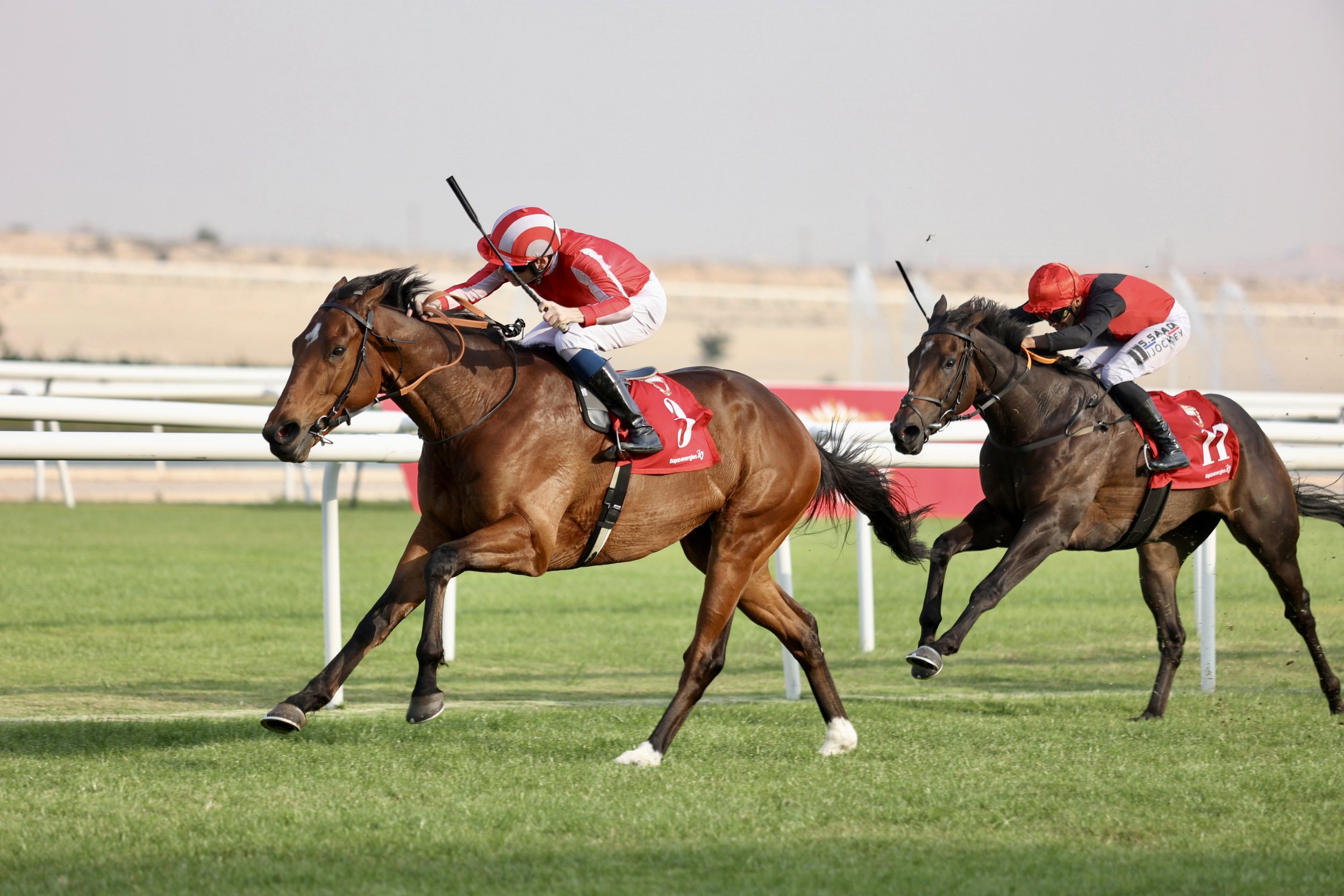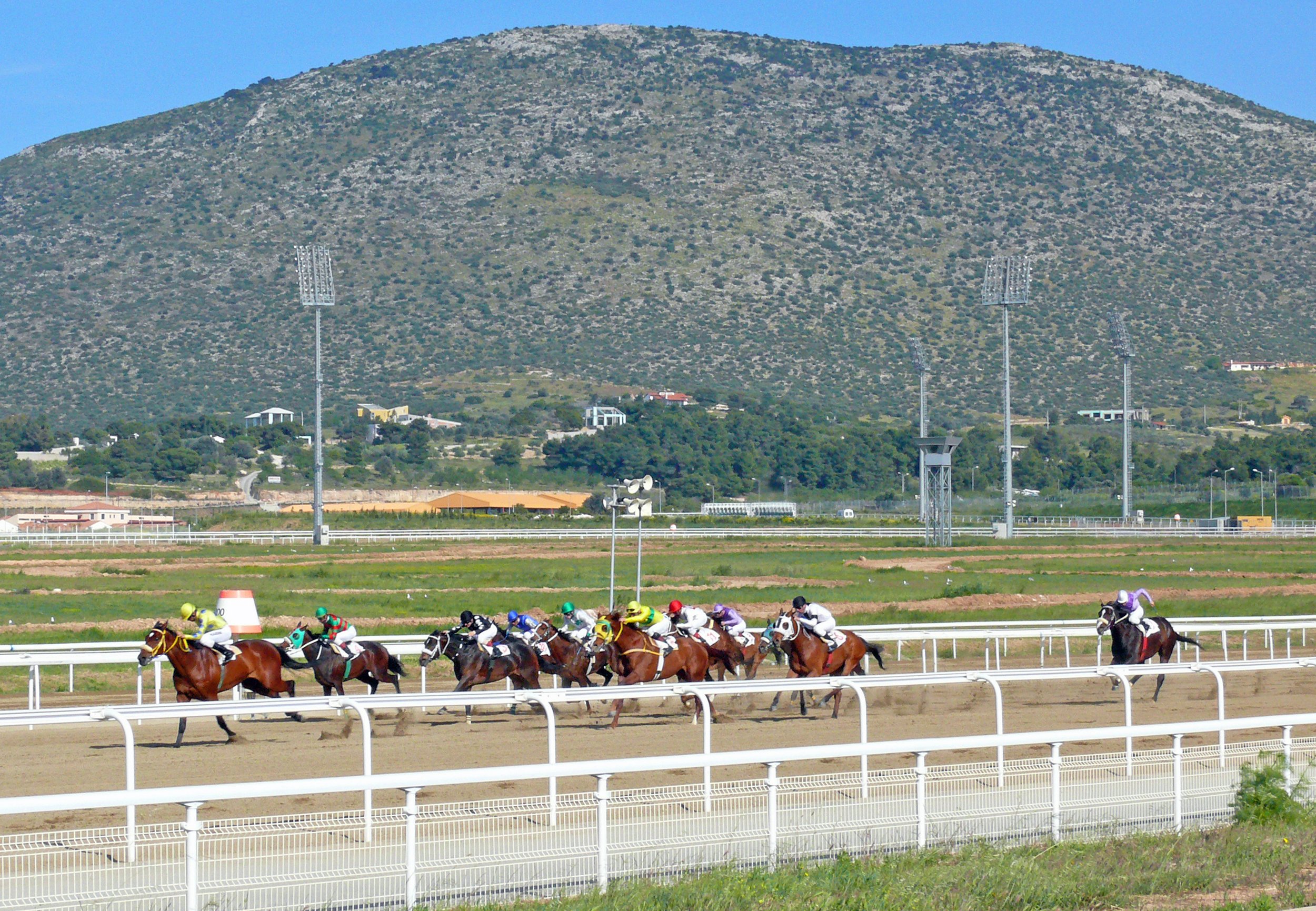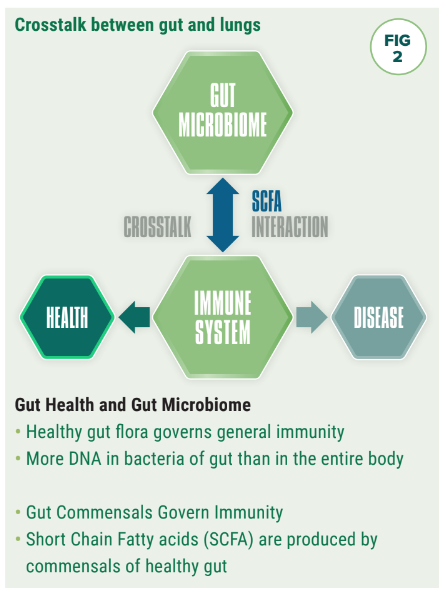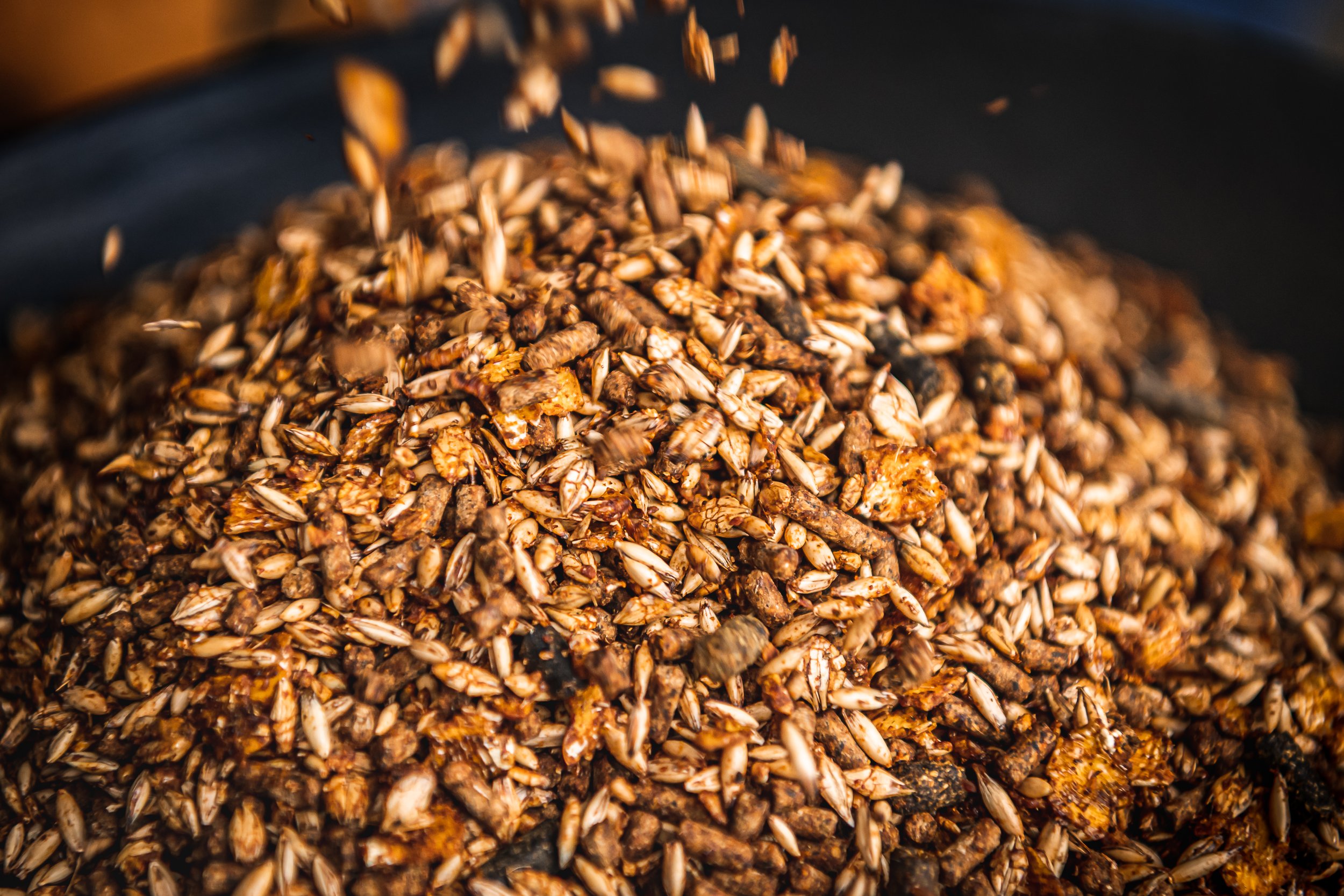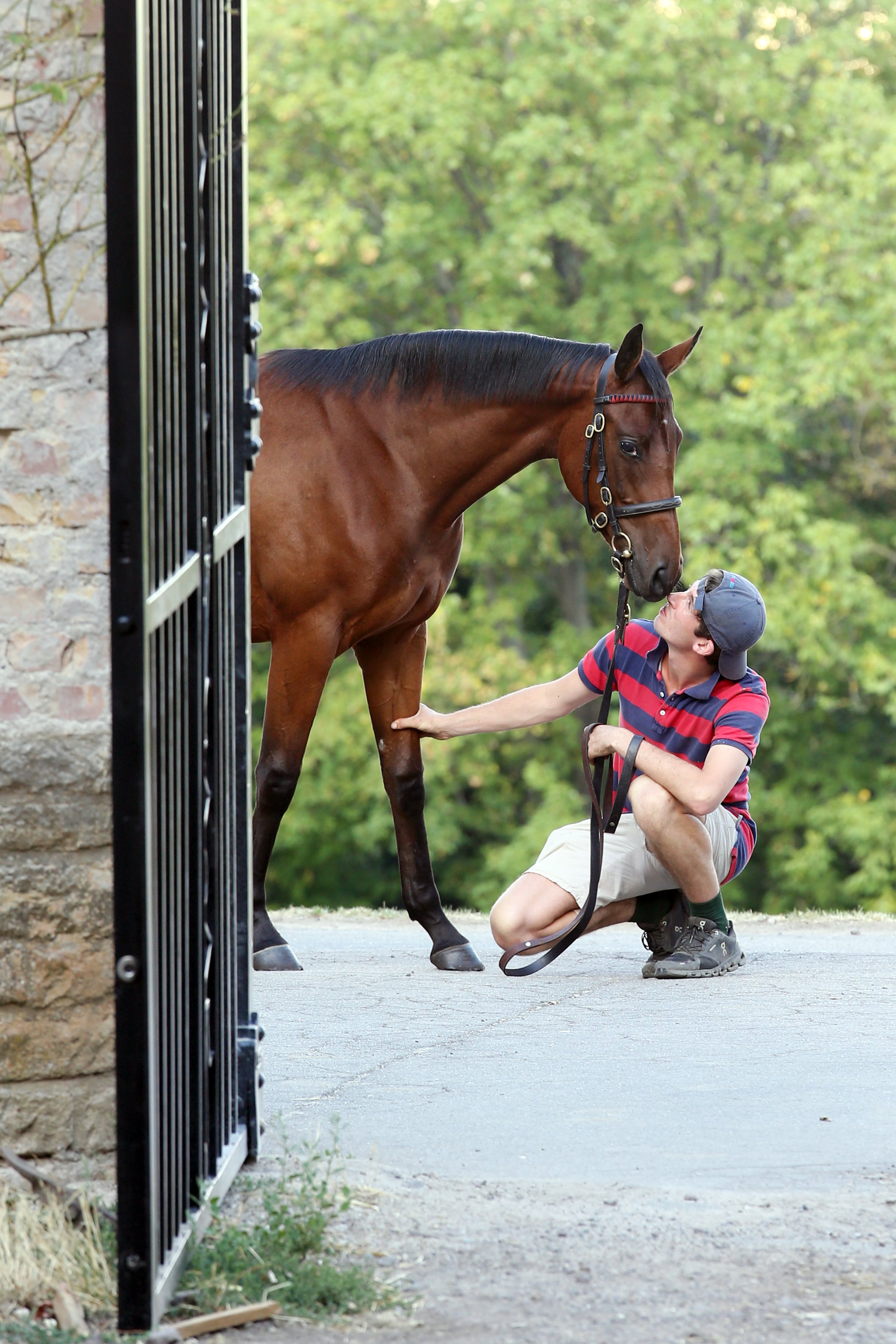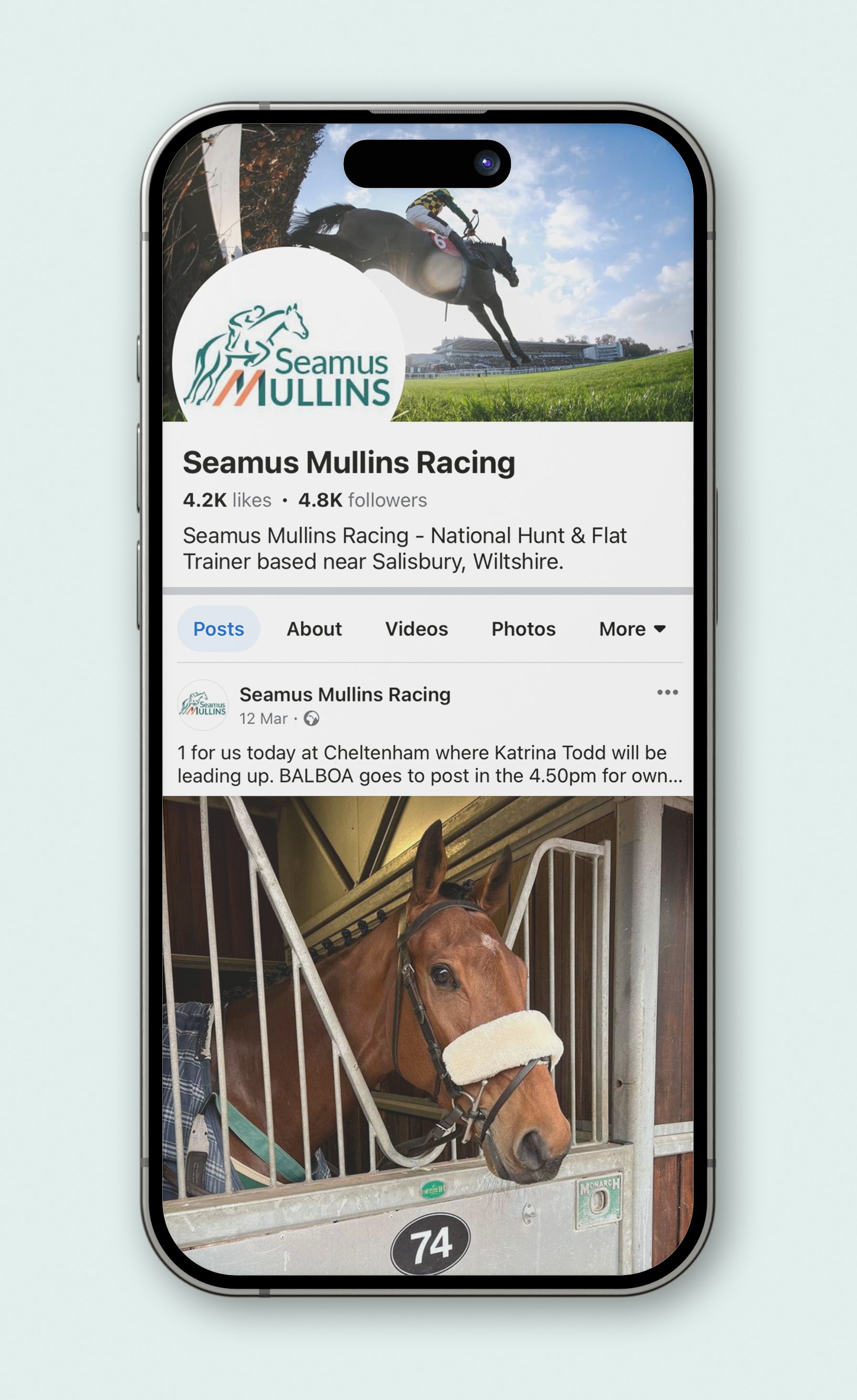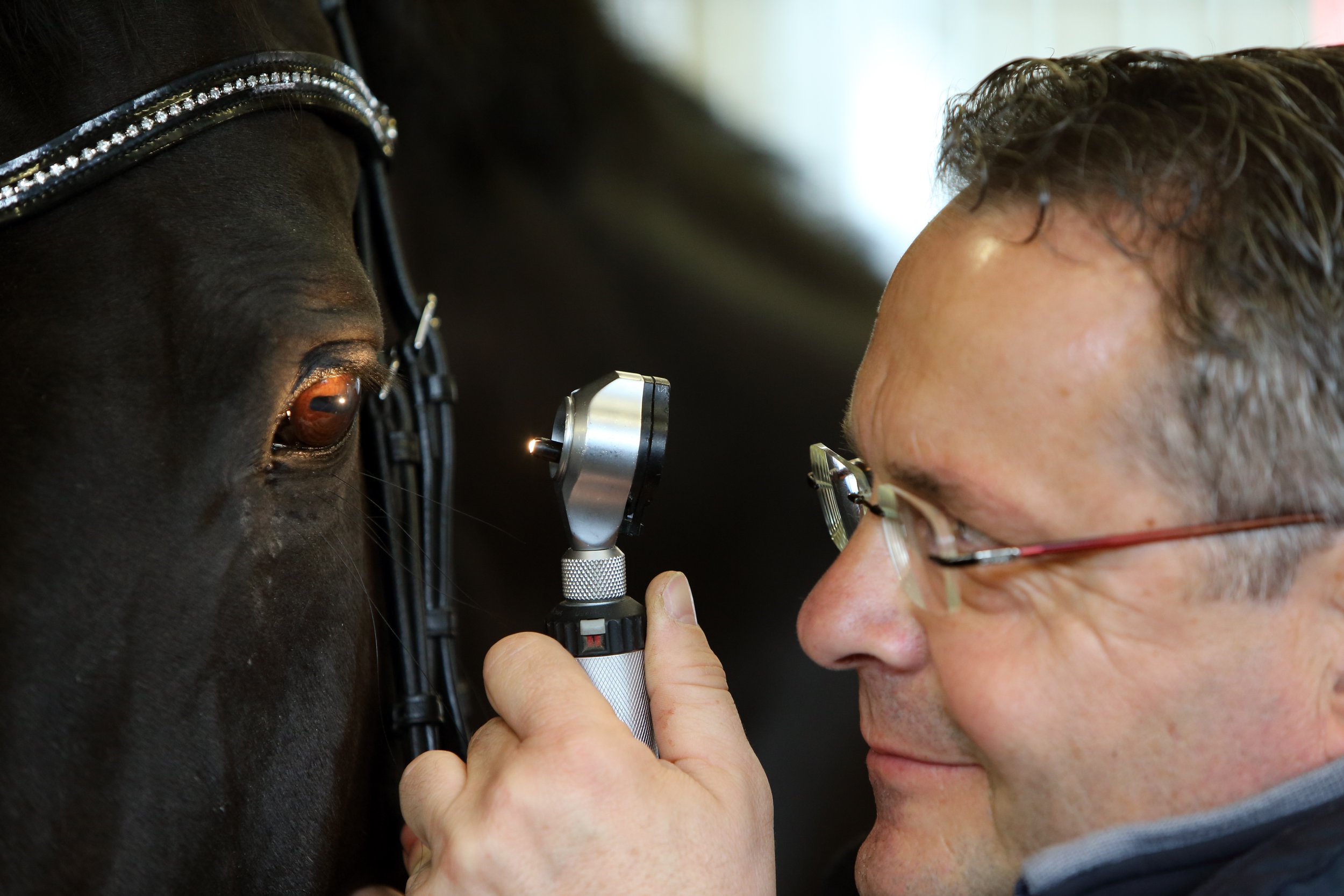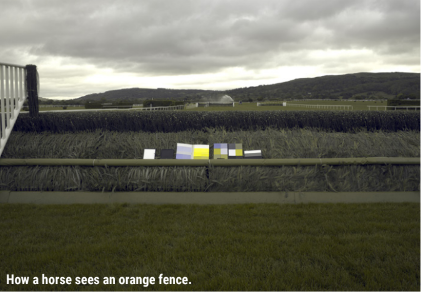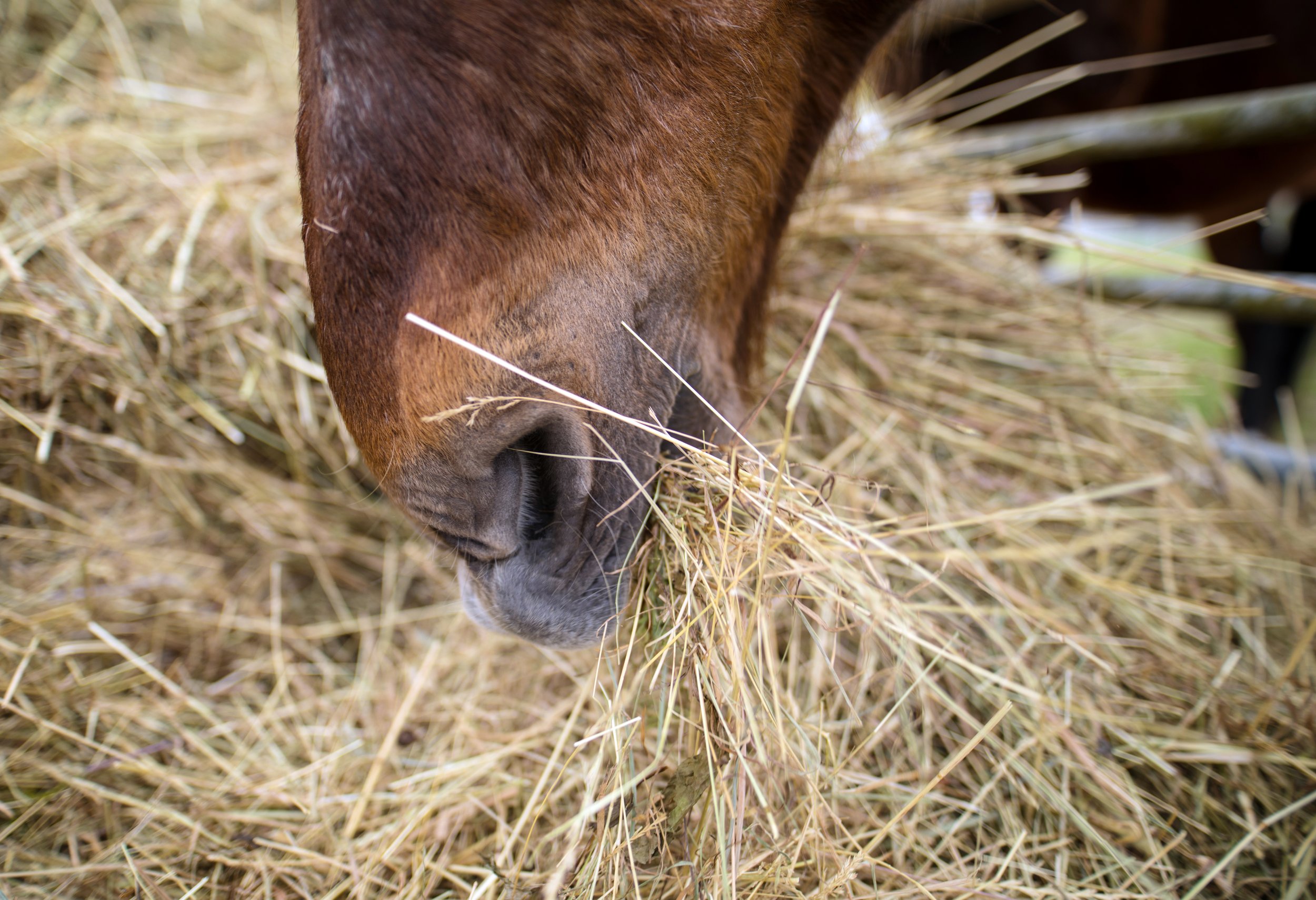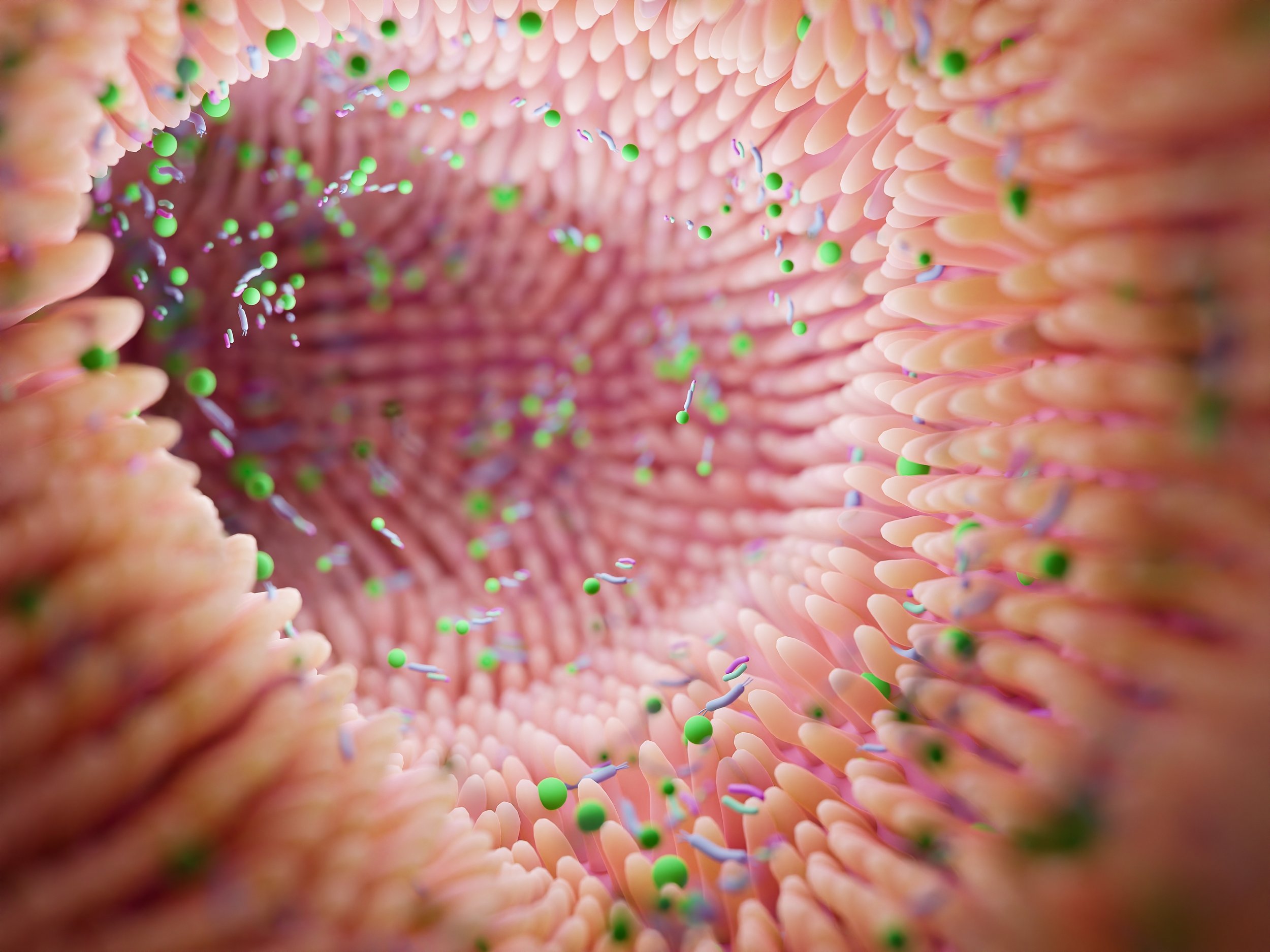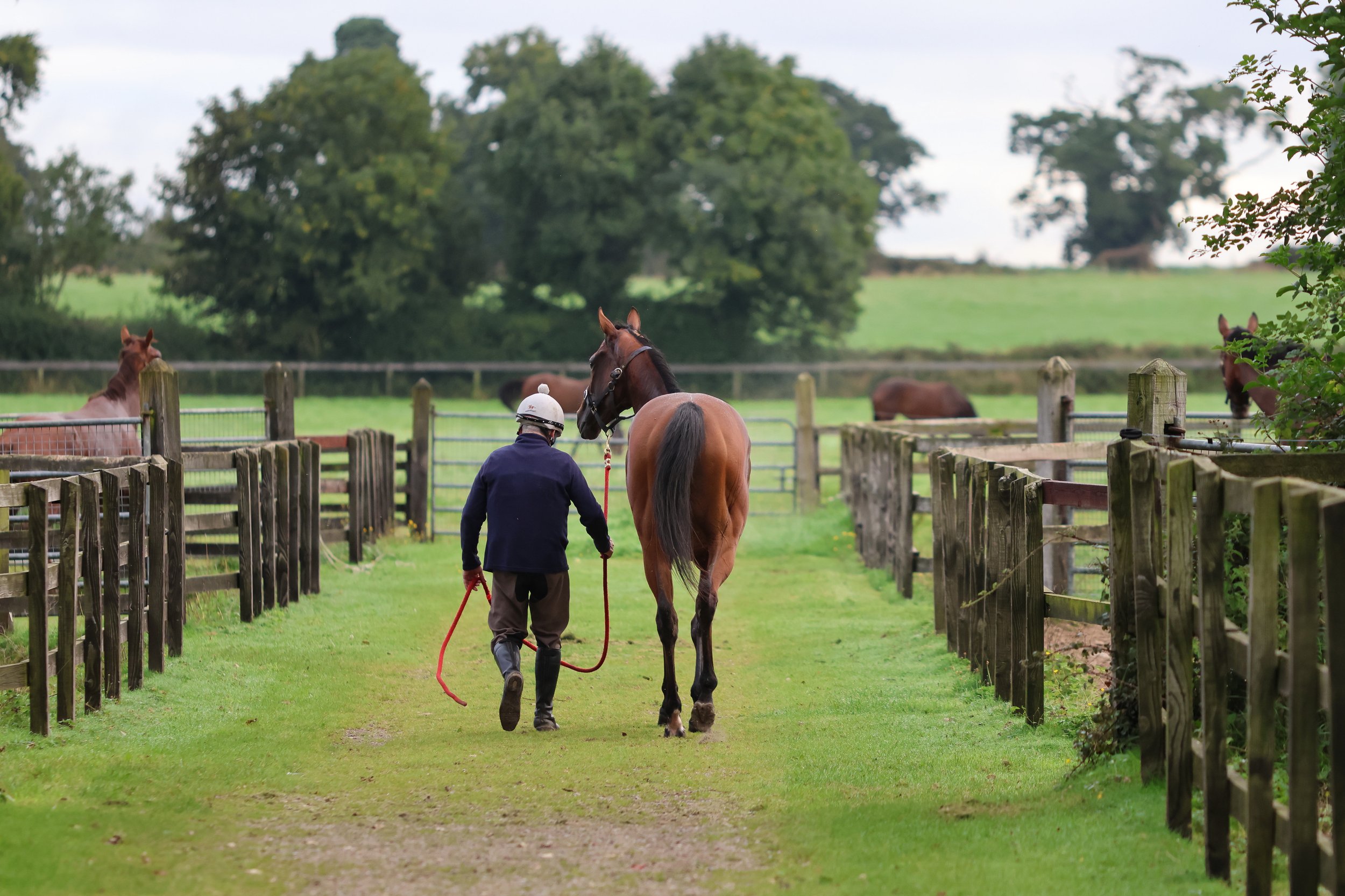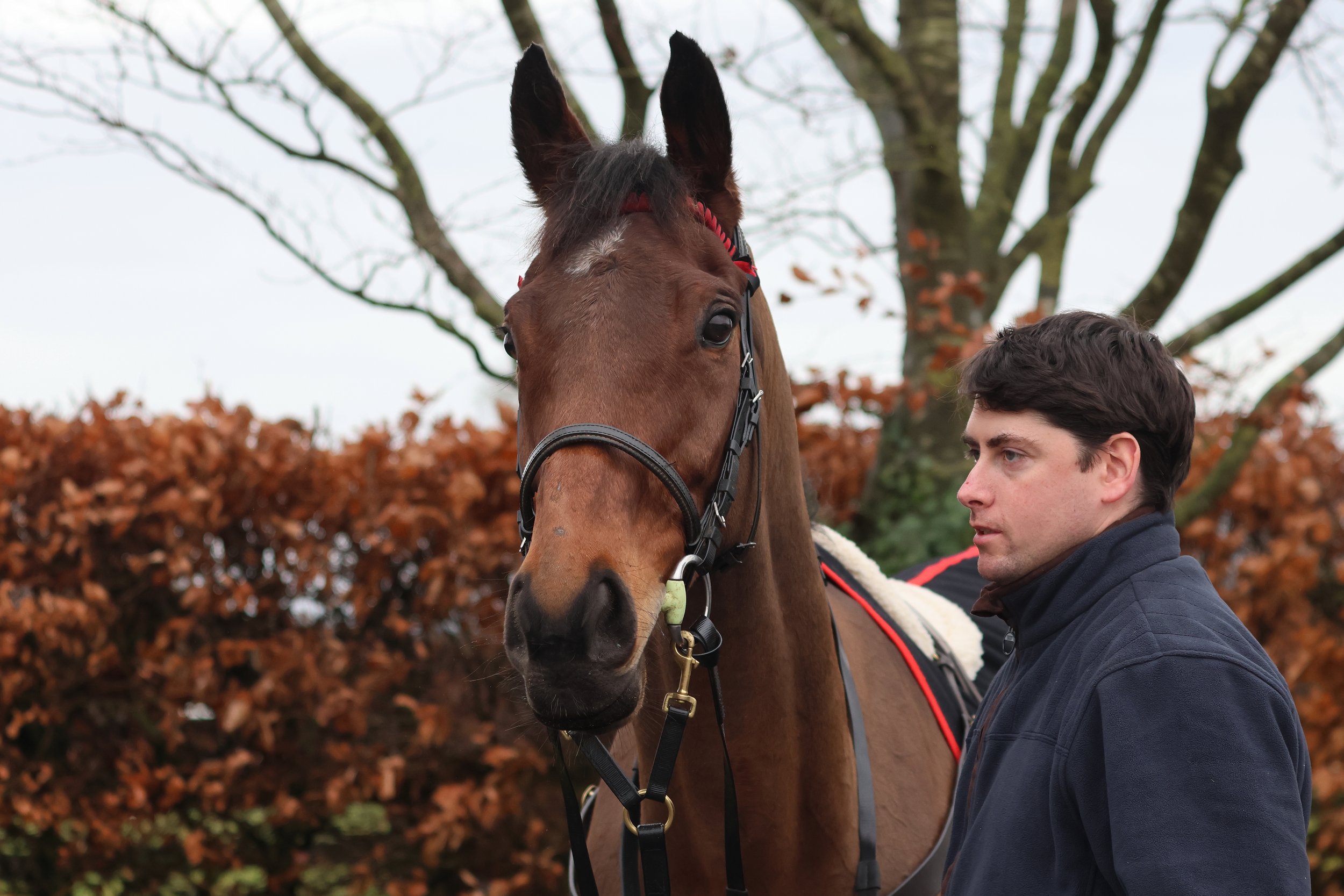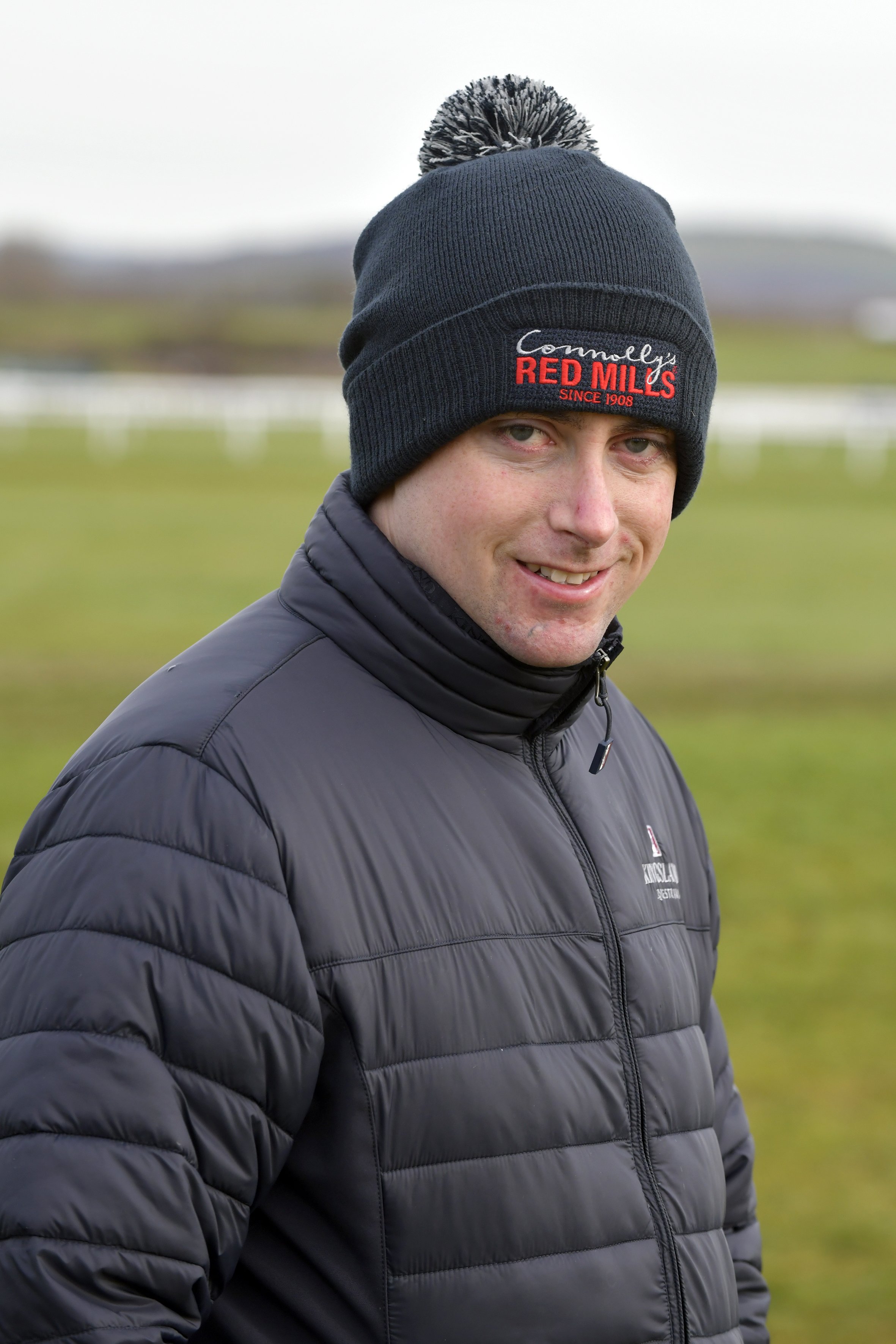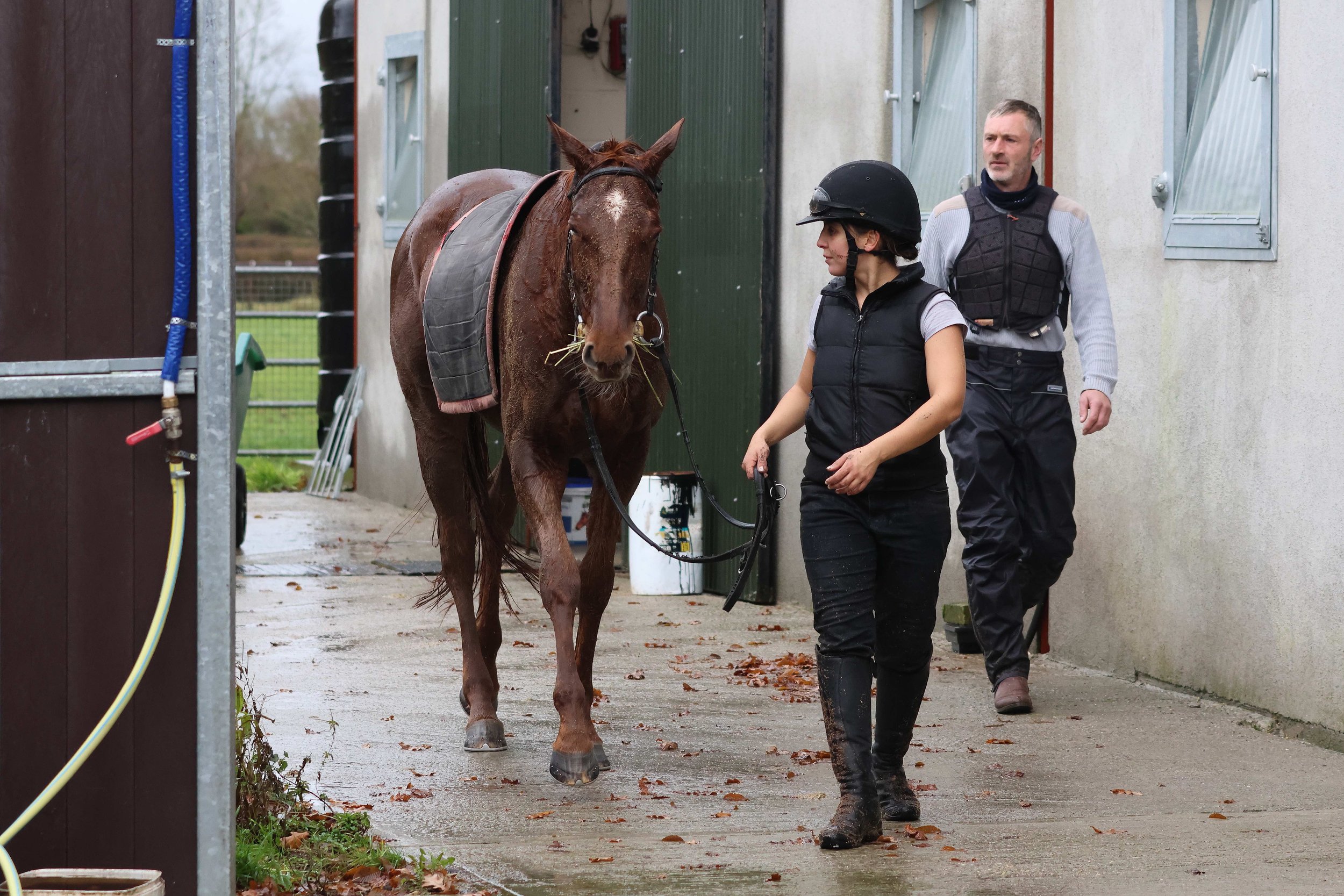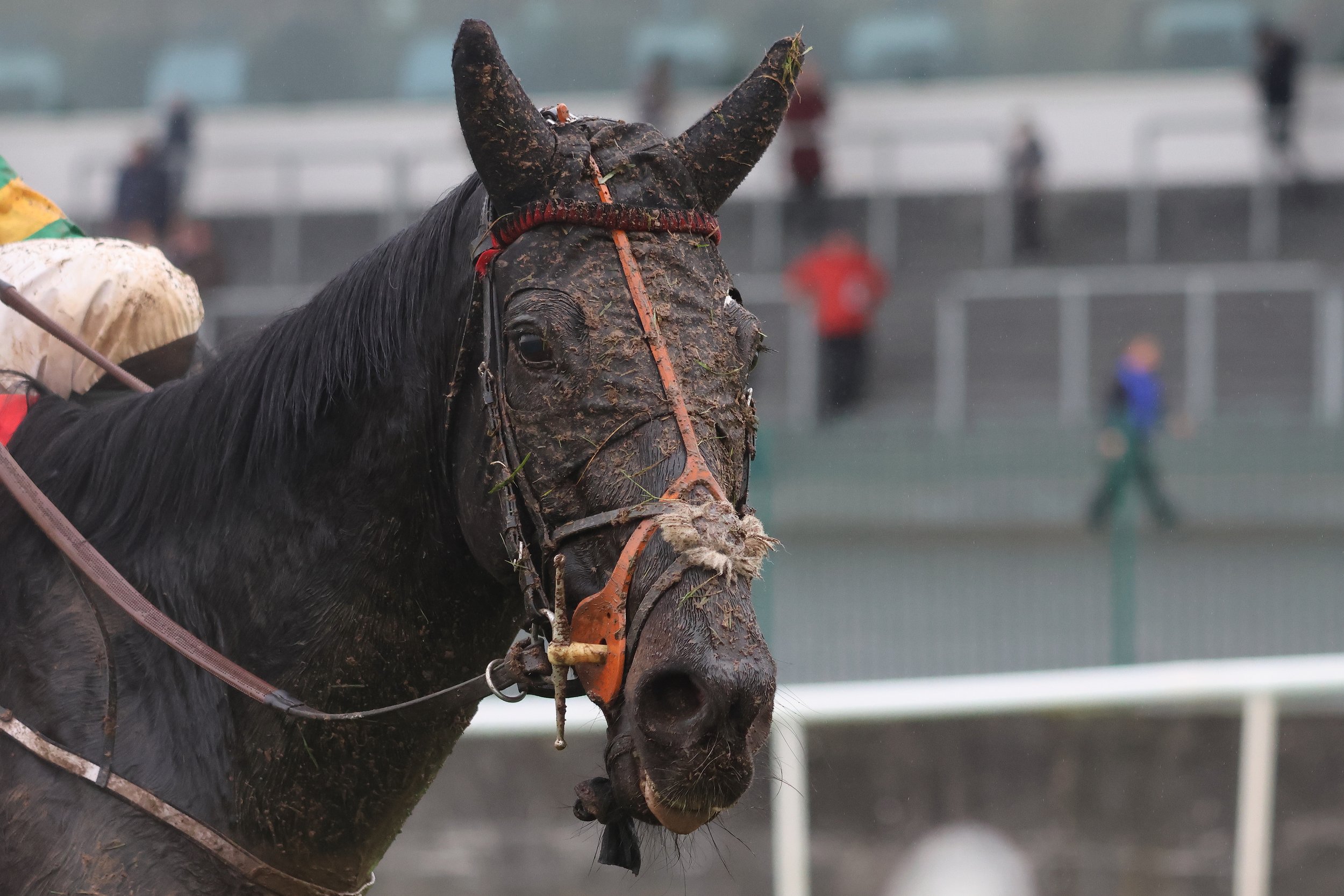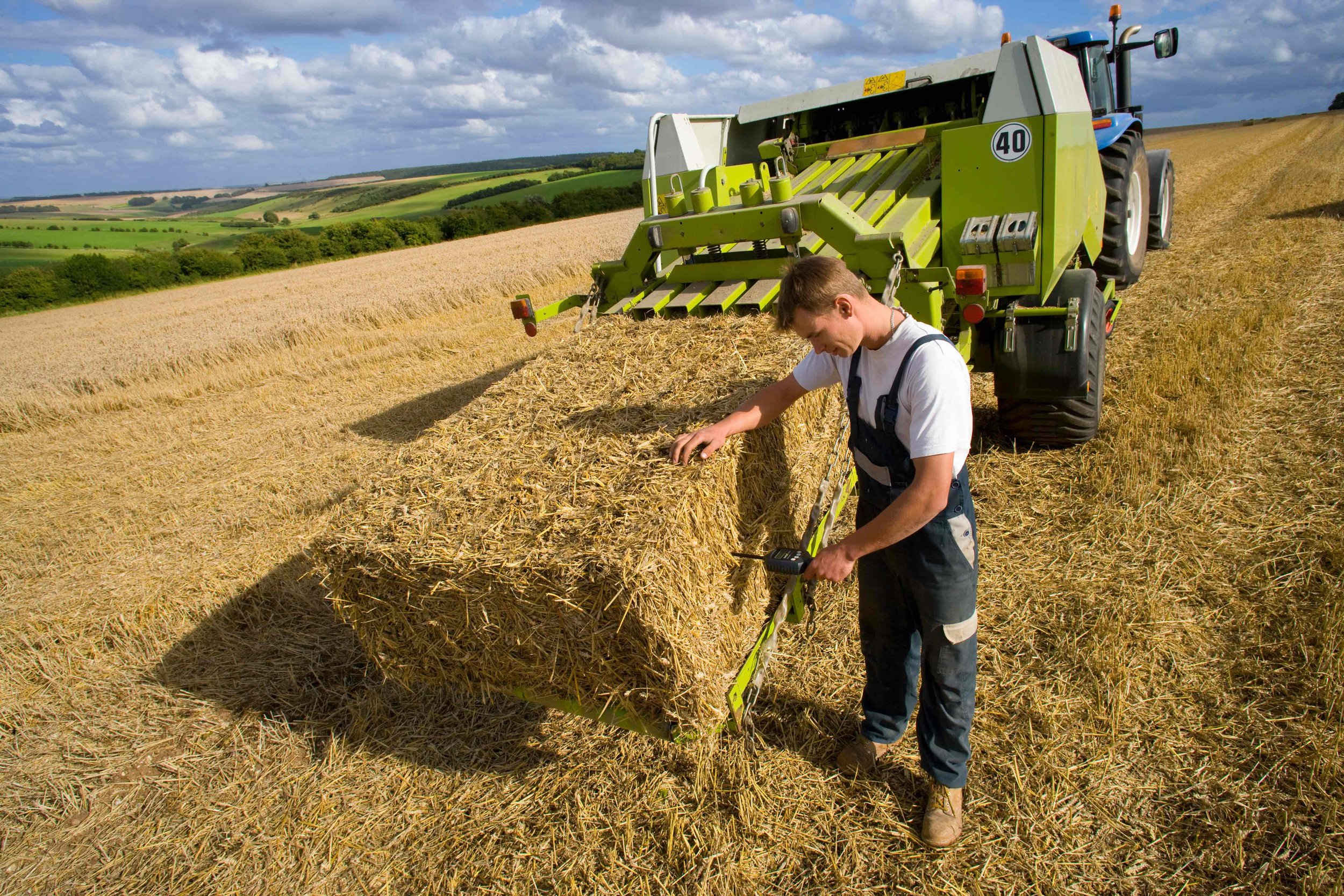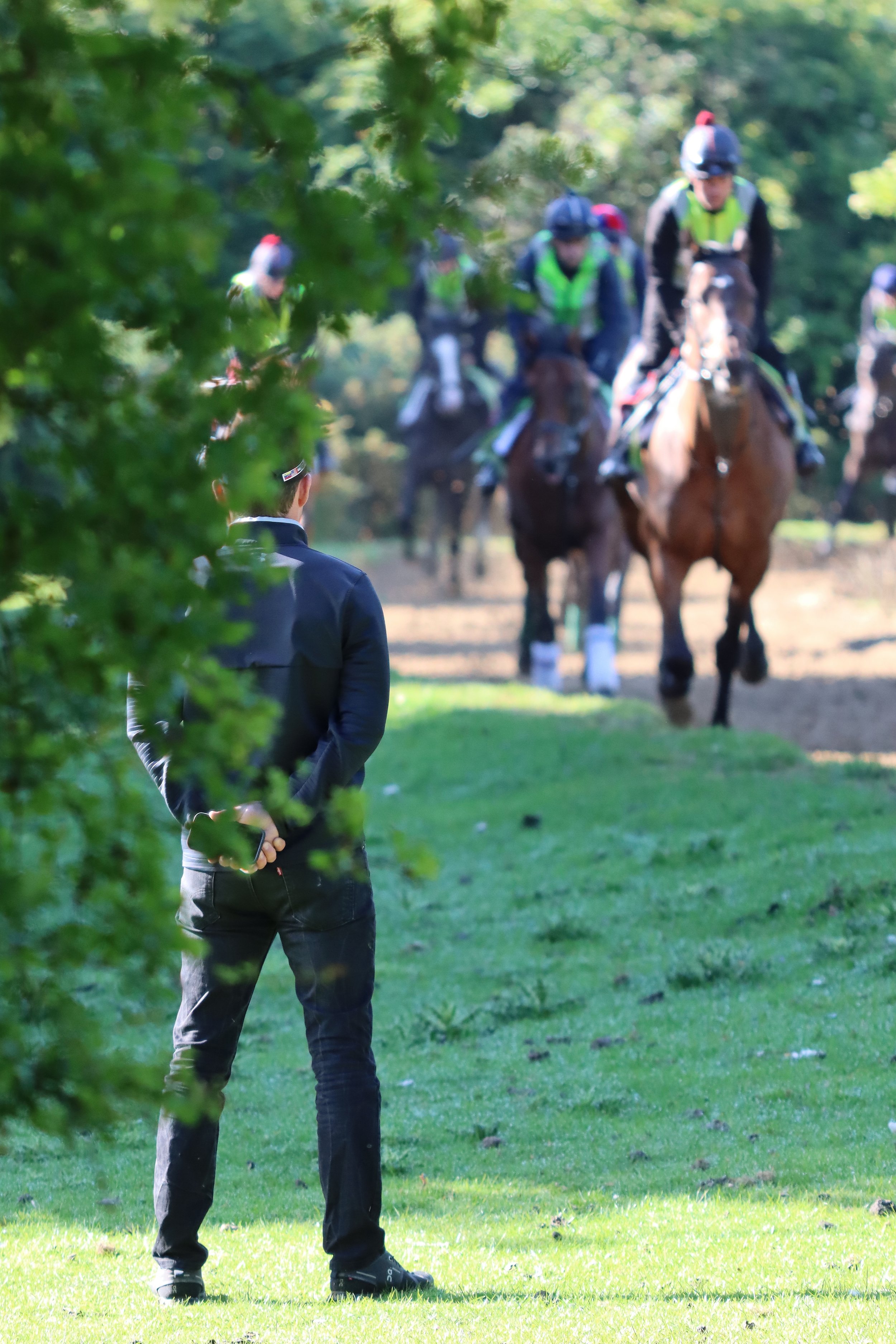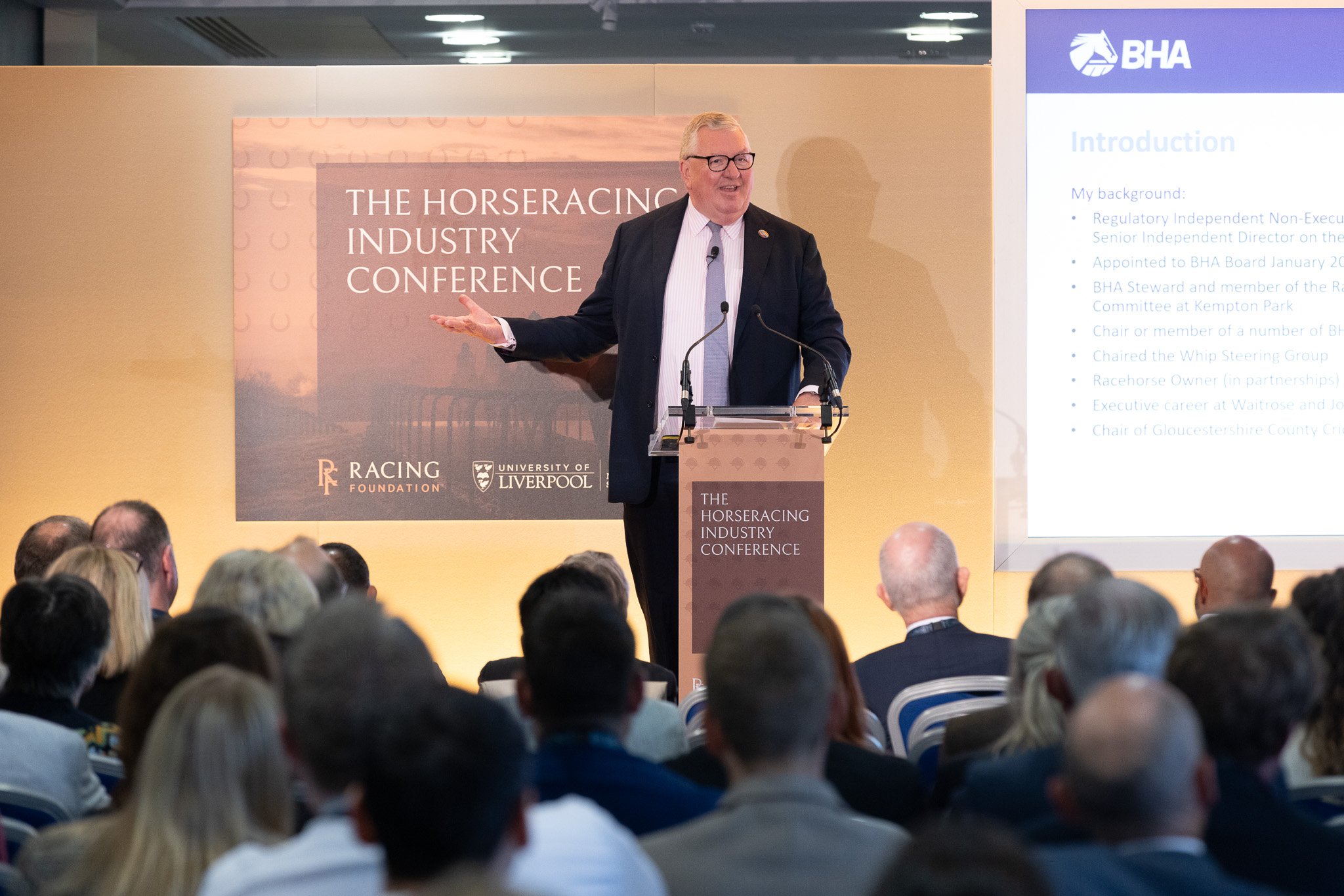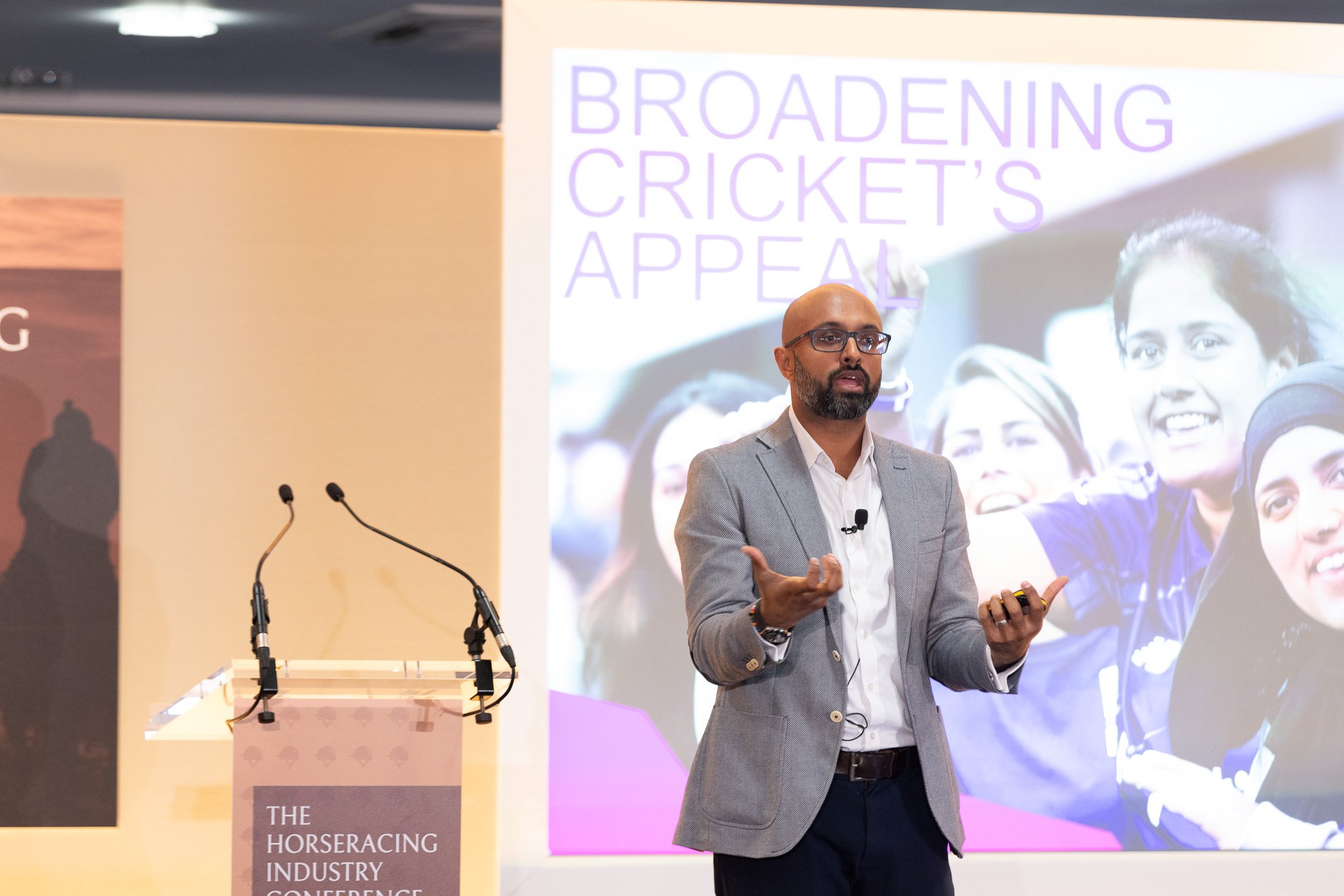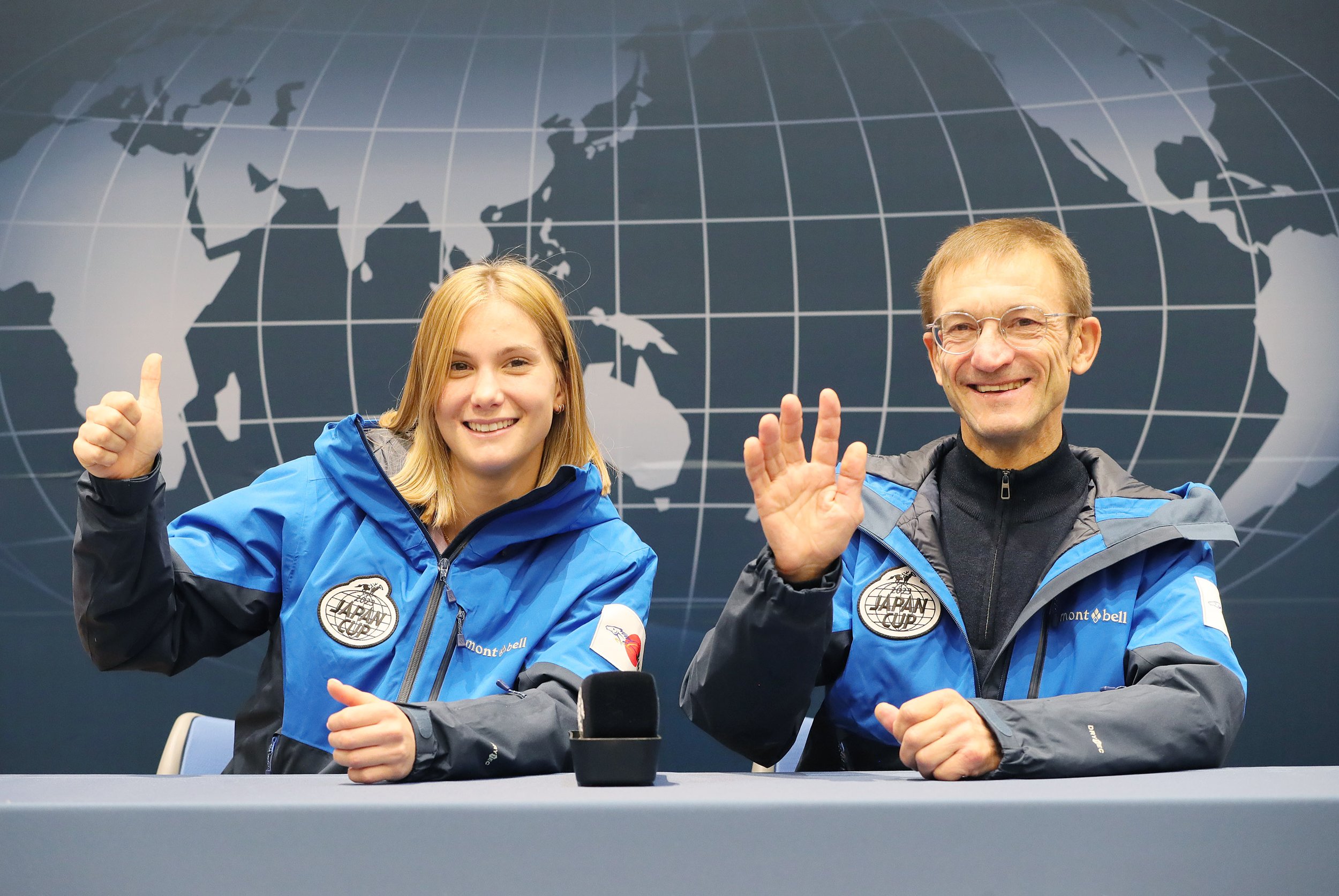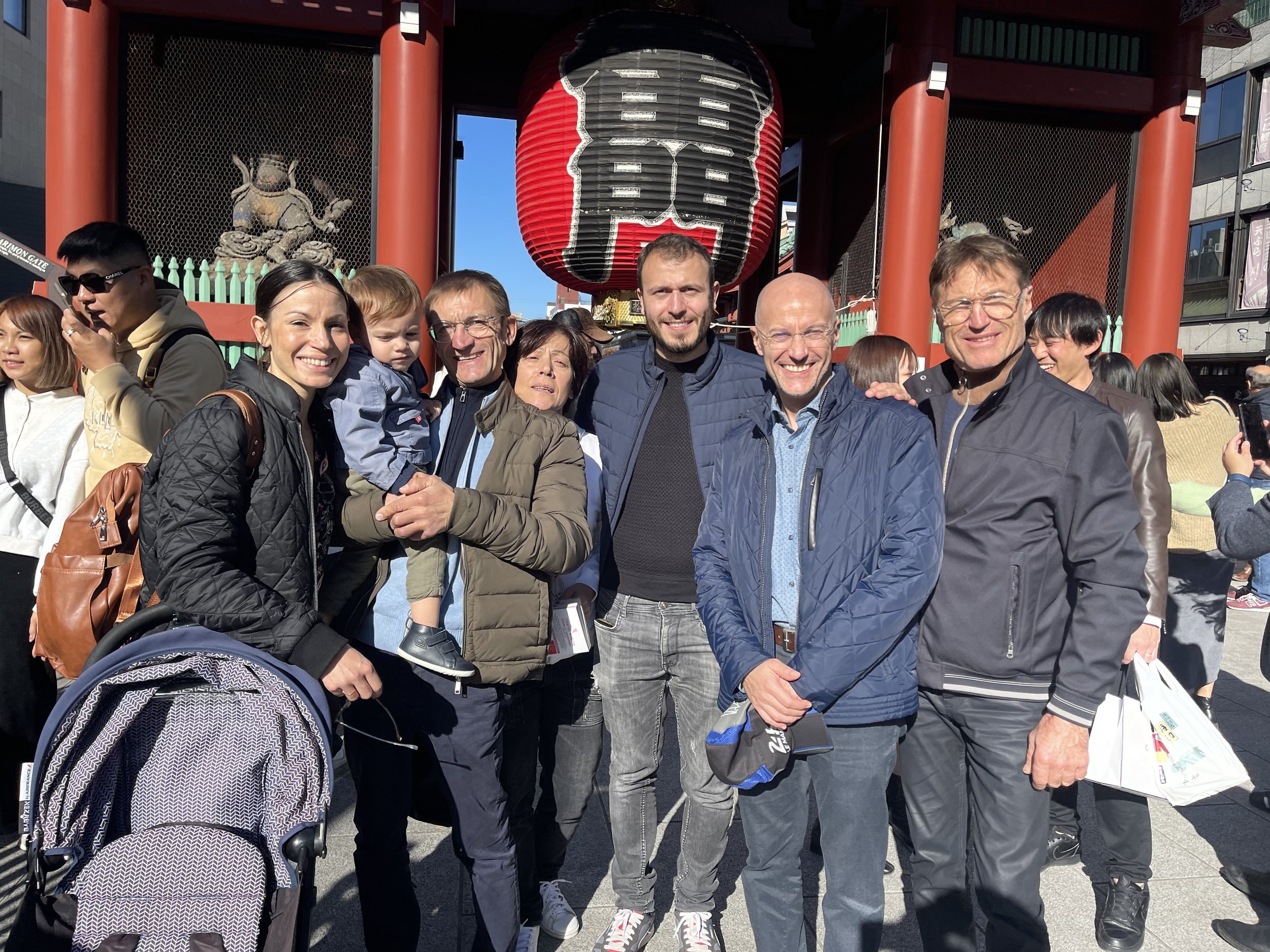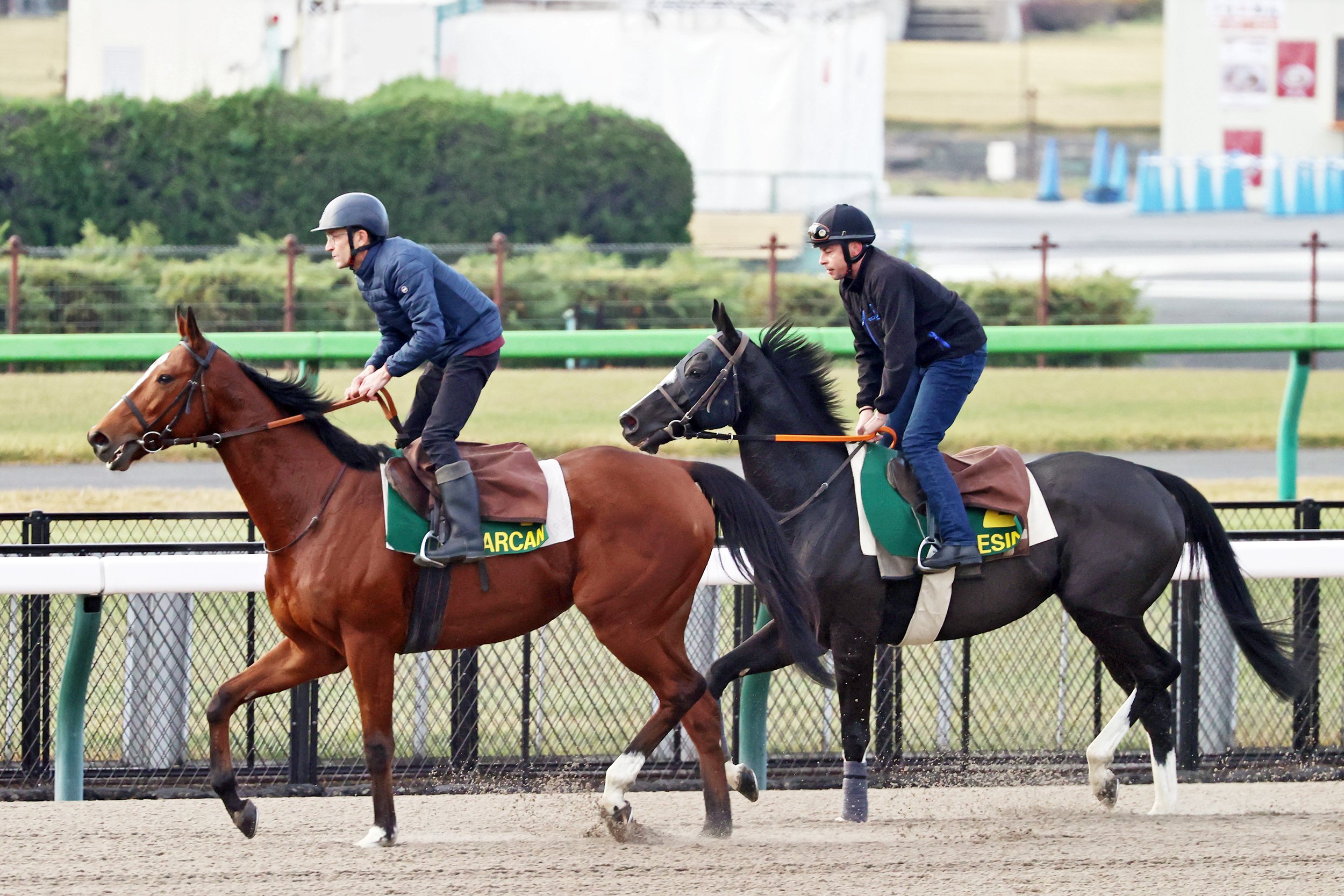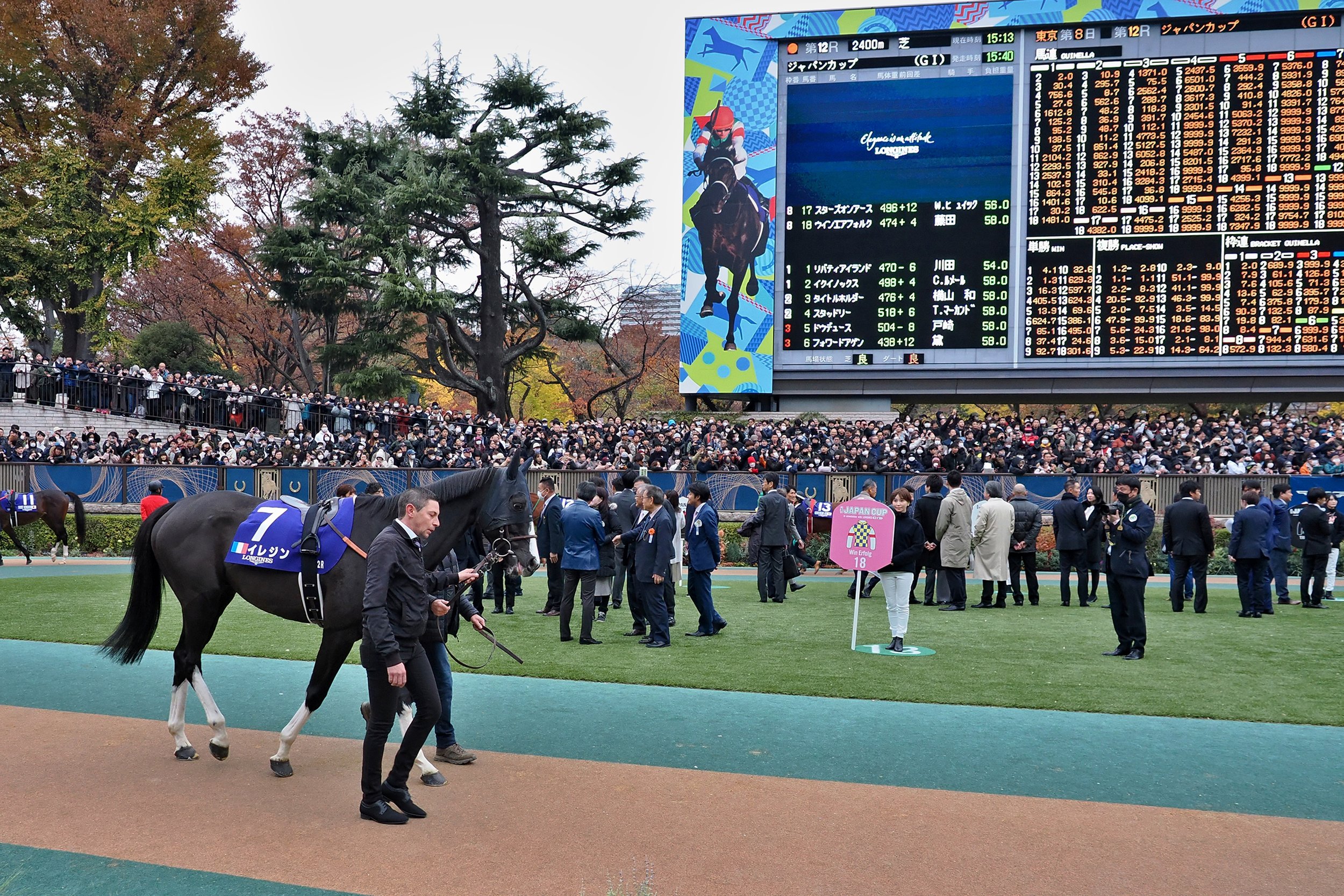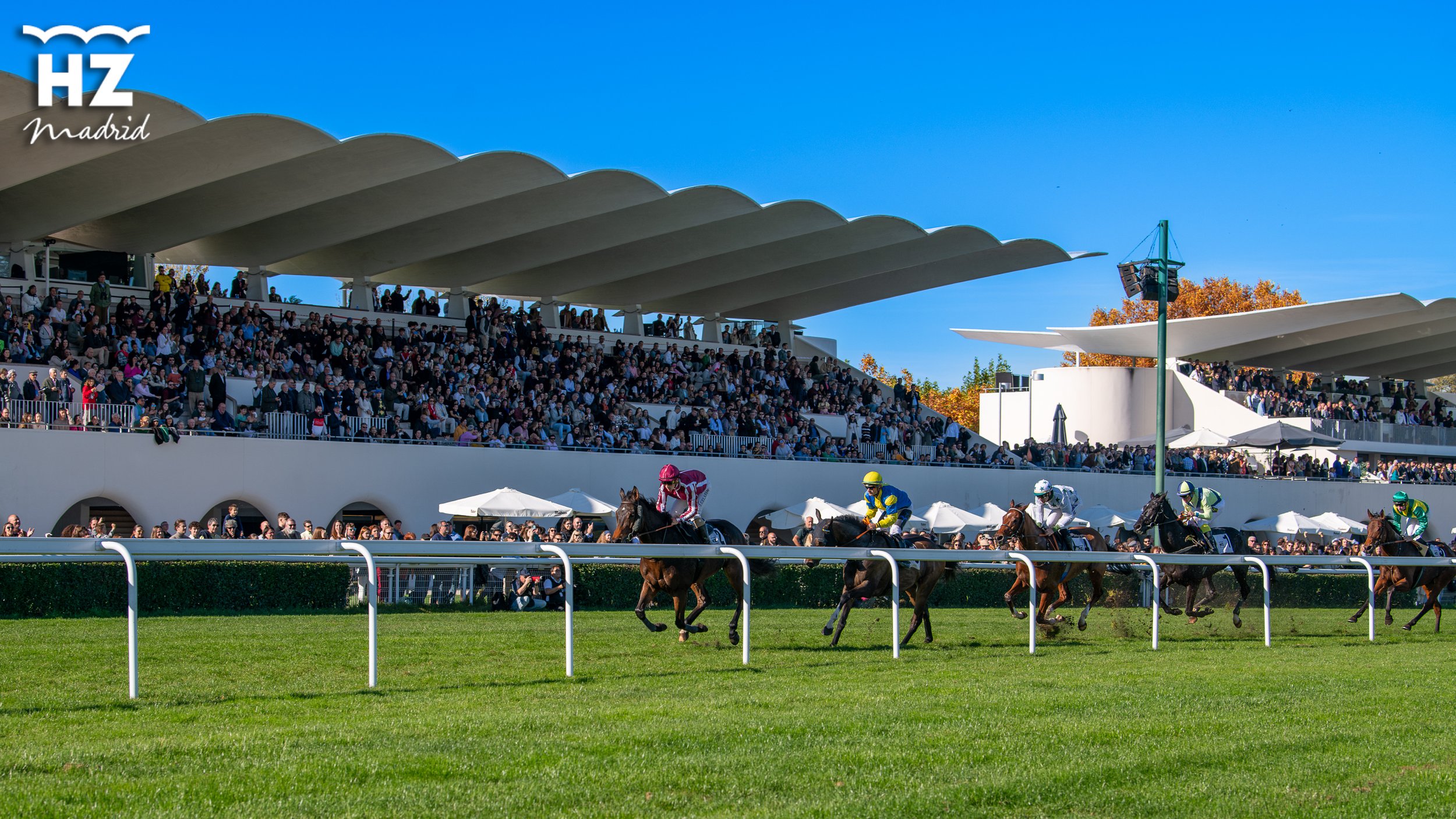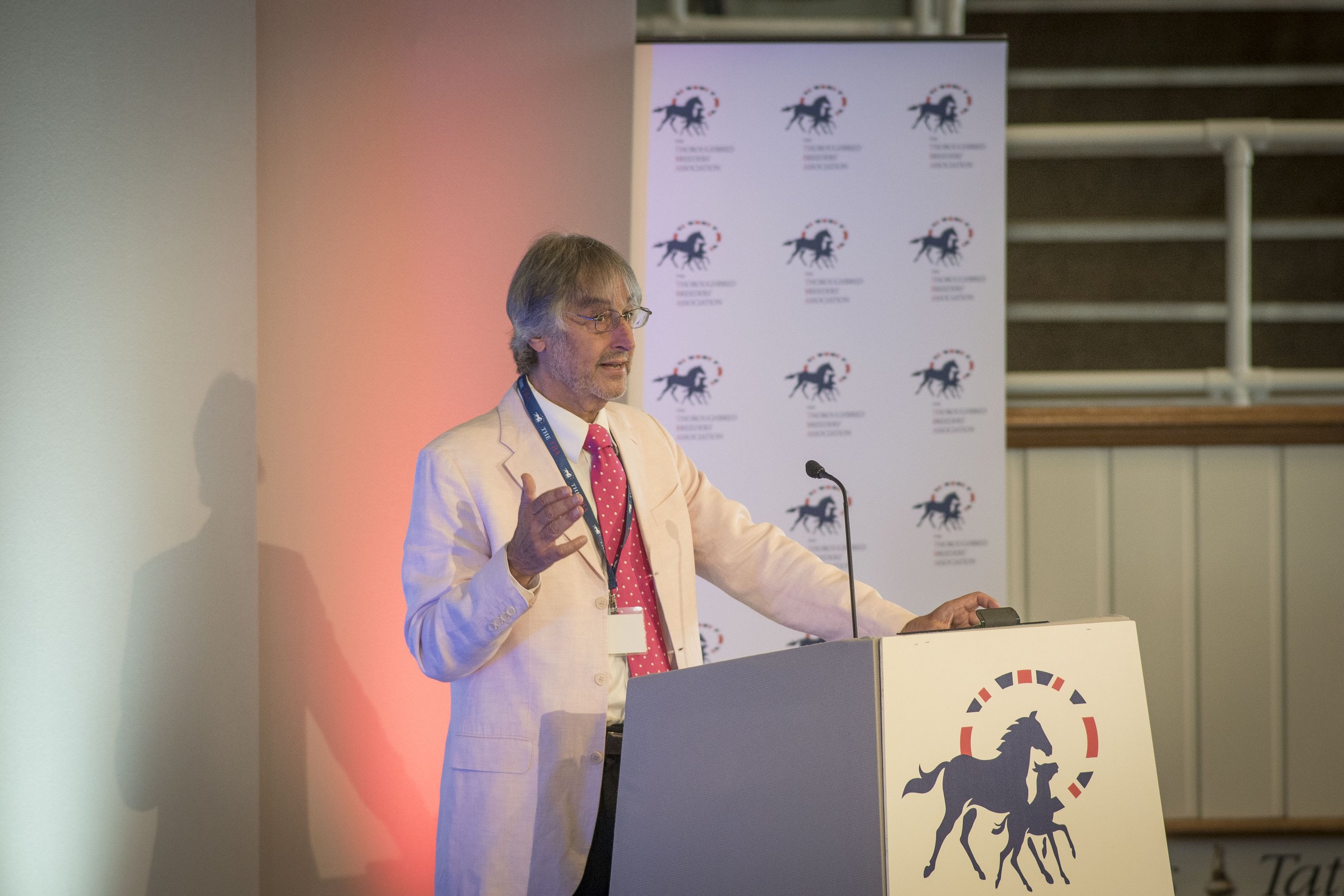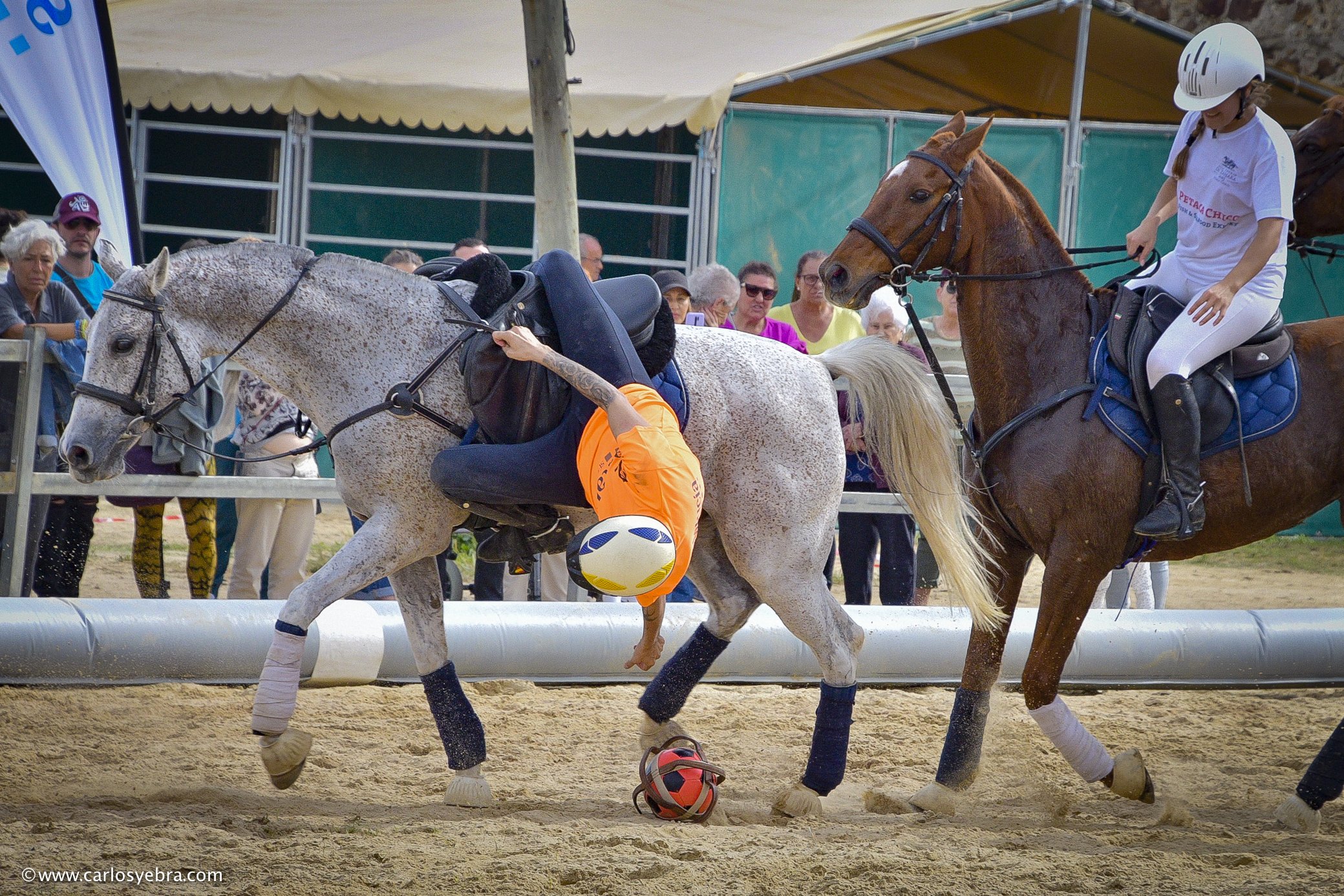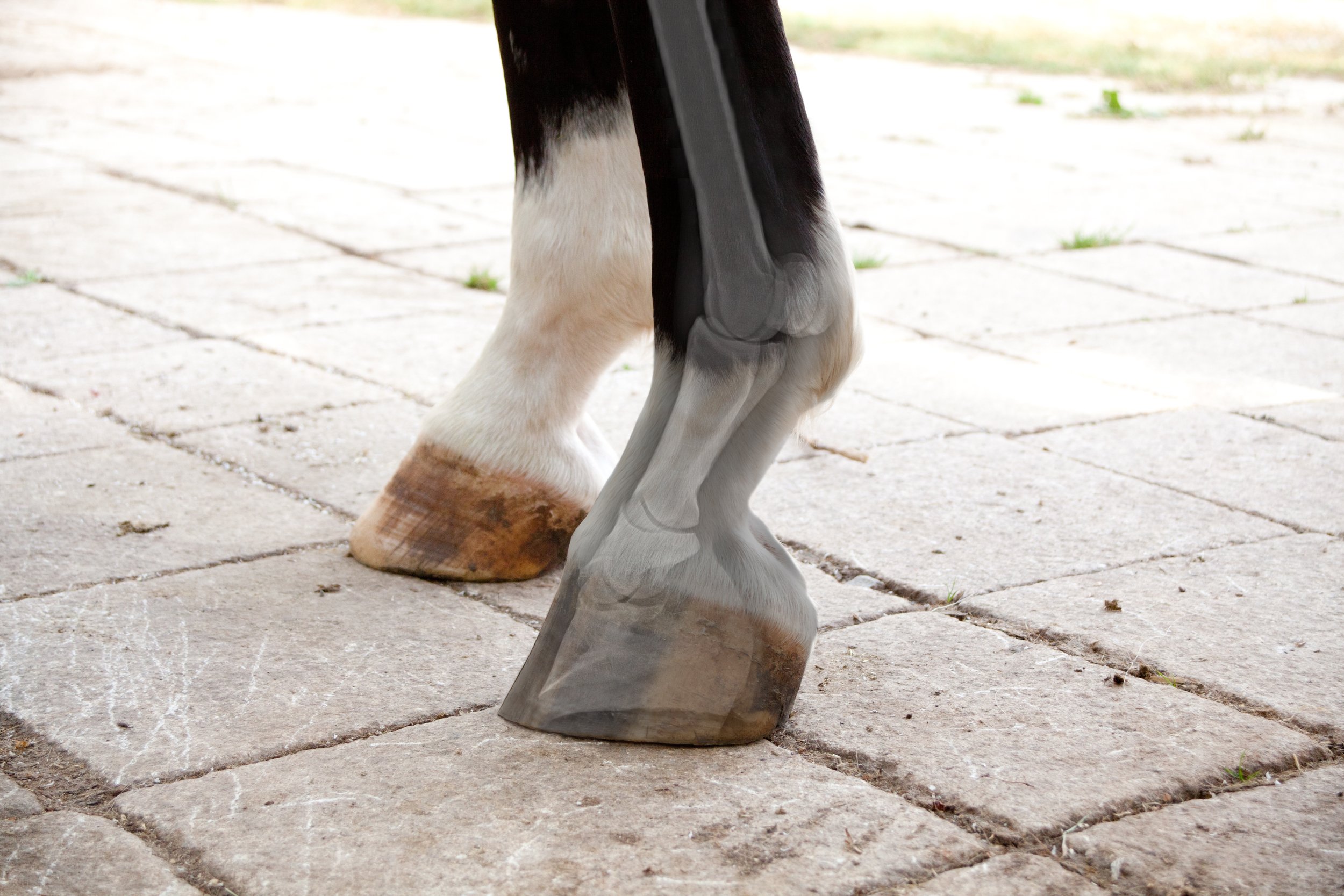TopSpec Trainer of the Quarter - George Scott
/Article by Lissa Oliver
Sending out a Triple Crown winner anywhere in the world is a rare achievement, but for trainer George Scott it was all the more impressive, as he’d plotted a long-distance raid with a horse bought for the purpose.
More to the point, his Newmarket-trained Isle Of Jura became the first horse to complete the Bahrain Triple Crown, much to the delight of his Bahraini owner, HH Shaikh Nasser Bin Hamad Al Khalifa. Triple Crowns are designed to be difficult to win and the Bahrain version is no different. The first two legs, the Listed Crown Prince’s Cup (2200m) and the Al Khalifa Cup (2300m) are run in February, with the final leg the Listed King Hamad Bin Isa Al Khalifa Cup (2400m) in early March.
Bought last March as a once-raced maiden from the Godolphin draft at the final Tattersalls Ascot sale, Isle of Jura quickly climbed the handicap for Scott with two wins from five starts, before travelling to Bahrain in December off a rating of 97.
“We originally bought him with Bahrain in mind,” explains Scott. “HH Shaikh Nasser felt he would suit Bahrain further down the line, his pedigree suggested he would handle the fast ground there and his handicap mark also fitted very well with the Turf series. I was adamant he could step up in trip and I know he can handle a couple of races on the bounce, so I hoped he could win several turf races. Primarily, we targeted Bahrain because his owner loves racing there.”
Acknowledging he loves it when a plan comes together, Scott puts it all down to careful preparation in advance. “When travelling horses, I am lucky in that I have a very good assistant, Alex Mant, she plans the trips meticulously. The settling in process is vital, there’s a very small window of getting them there and settled with the least stress to them as possible. It’s important to keep them well hydrated, we like to keep their food consistent, and don’t stress them. The people you surround the horses with are very important. Isle of Jura did most of his work at home before he left and just ran off the plane. It’s all down to planning.” Scott also speaks highly of Bahrain and the facilities for horses and staff. “They do a fantastic job, they really want to help you and all the team loved being there.”
He is naturally pleased with the positive start to the season, having won the Listed Spring Cup at Lingfield with Watch My Tracer only 24 hours prior to Isle of Jura’s historic win. “Isle of Jura is back here now and after five quick runs we’ll give him a break. The plan is to bring him back for the Hardwicke Stakes at Royal Ascot, where hopefully he’ll get nice ground, I’m optimistic.”

